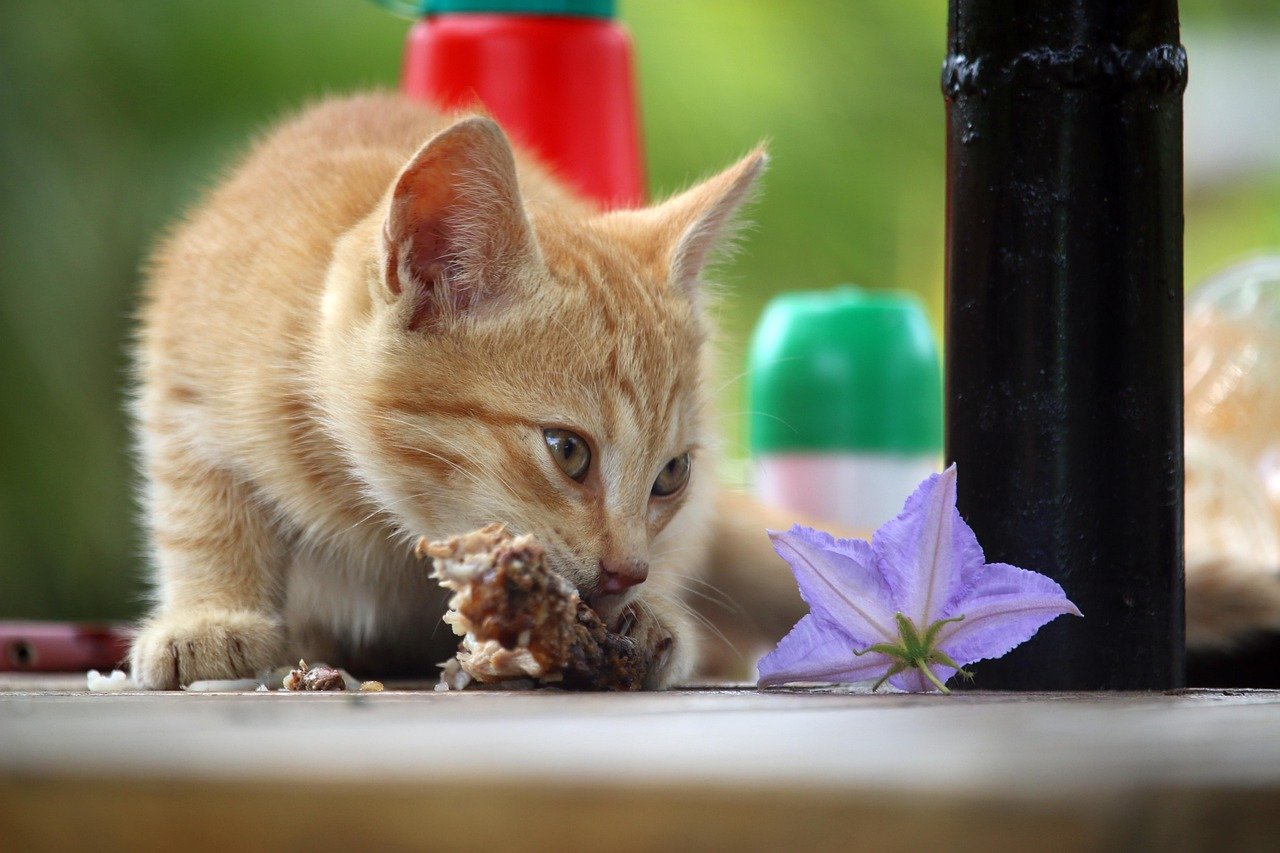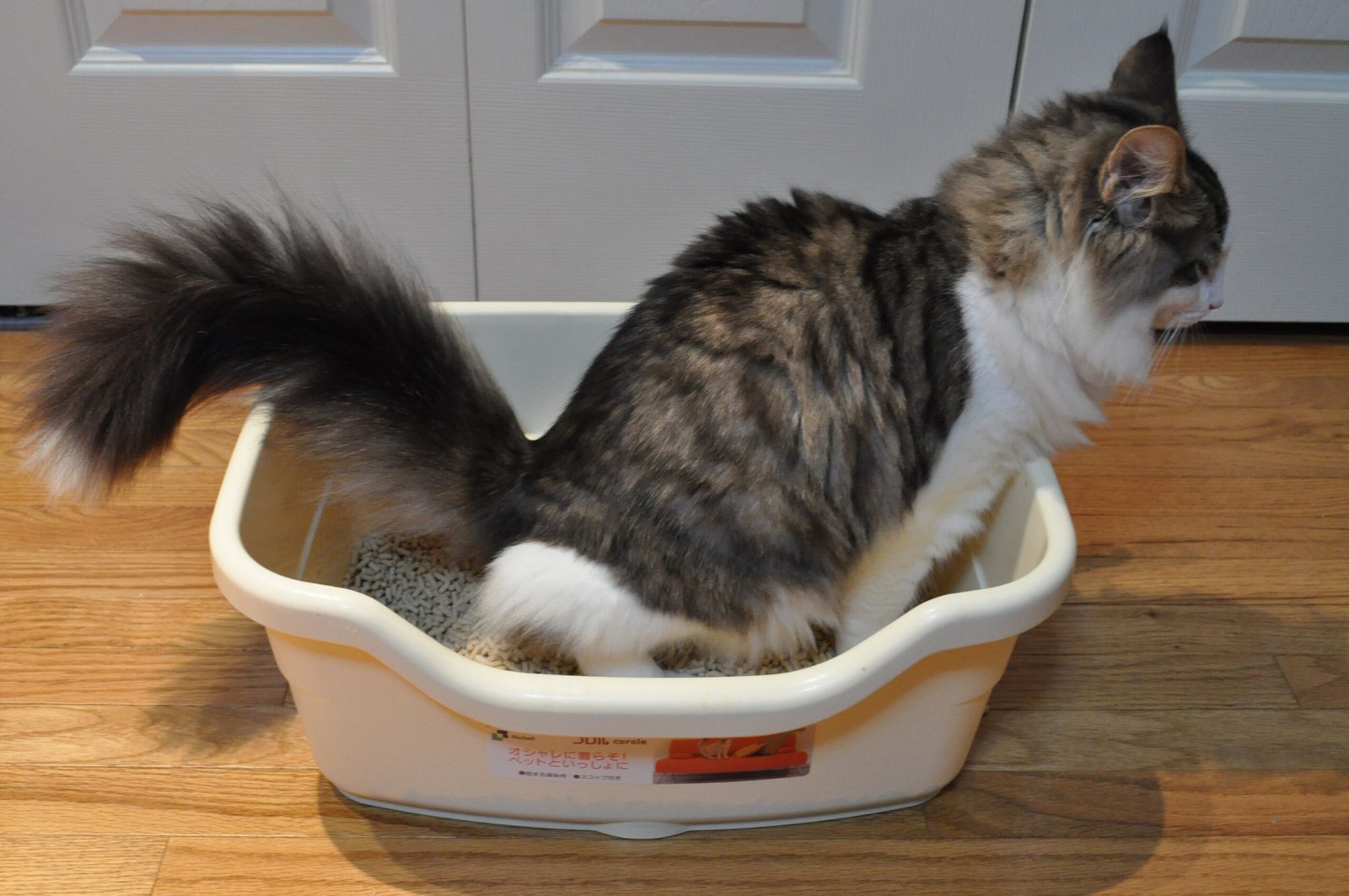Be honest: has your cat trained you lately? Maybe you jump up when the meowing starts, or you laugh when a tiny paw swipes food off your plate. I’ve been there – my own cat once learned that knocking pens off my desk summoned treats like magic. It felt cute, until it wasn’t.
The good news is this isn’t about being a “bad” pet parent. It’s about understanding how cats learn. With a few small tweaks, you can turn chaos into calm, keep your bond strong, and still let your quirky feline be their delightful self.
The Attention Trap: Rewarding Meows and Paw-Taps

Cats are excellent behavior scientists: if meowing gets your eyes, your voice, or your feet moving, they’ll do it again. Even saying “stop” or gently pushing them away can count as attention. Watch for cues like purposeful eye contact, tail held high, and repetitive paw taps at your phone or sleeve. These are polite feline requests that can snowball into nonstop demands.
Try “quiet pays.” Wait for one beat of silence, then reward with a look, a soft pet, or a quick play burst. If the meowing is excessive, calmly turn away or leave, then return when your cat is quiet and relaxed. Over a few days, you’ll notice more calm sits and fewer dramatic serenades.
Food Means Love? Feeding Schedules That Backfire

Feeding after every meow teaches your cat that noise equals snacks. That’s a powerful loop, especially near dawn when cats are naturally active. Body-language clues include pacing near the bowl, head-butting the pantry, and chirping the moment you stand. Free-feeding can also blur hunger cues and fuel boredom eating.
Shift to predictable mealtimes and use puzzle feeders to work that clever brain. Place a small snack after an evening play session to reduce overnight wake-ups. If you’re switching routines, expect protests at first – stay steady. Reward calm waiting with the bowl, not the other way around.
Hands Are Not Toys: Stopping Rough Play Before It Starts

Wiggling fingers look like prey, and that’s how nipping and pouncing on ankles begin. Early warning signs include dilated pupils, rapid tail swishes, and side-ways “crab” steps. Kittens learn bite control through play, but human skin doesn’t teach safe feedback. If you allow hand play sometimes, your cat won’t know the rules.
Always use a wand toy or kicker they can grab and bunny-kick. When teeth or claws touch skin, freeze like a statue, then calmly redirect to the toy. Finish play with a slow, catchable target to release predatory tension. Consistency is kind; mixed messages are not.
The Litter Box Blame Game: Accidents and What You Teach Next

Scolding after accidents can turn the box into a scary place. Look for stress signals like hesitant approaches, perching at the edge, or repeated in-and-out without eliminating. Straining, frequent small pees, or pink-tinged urine are medical red flags that need a vet visit. Punishment only hides the problem.
Make the box easy: one box per cat, plus one extra, in quiet spots with room to turn and dig. Most cats prefer unscented clumping litter, scooped daily, with a comfortable depth and an uncovered box. Clean accidents with an enzyme cleaner and place a box near the soiled area while retraining. Praise every successful use with calm affection.
Scratching the Sofa: Why “No!” Makes It Worse

Scratching is essential for nail health, stretching, and stress release. Shouting can add anxiety, and anxious cats scratch more. Notice the cues: a long body stretch, shoulder roll, and focused claws on fabric they can really grip. If the only sturdy thing around is your couch, your couch will suffer.
Offer irresistible options: tall, heavy posts that don’t wobble, ideally wrapped in sisal fabric, plus a horizontal scratcher for variety. Place them right where your cat already scratches and near nap spots. Reward every scratch on the post with praise or a quick treat. Cover the old target temporarily and let success become a habit.
Counter Surfing and Kitchen Curiosity: Training Safe Alternatives

Counters smell like treasure – roasting chicken, butter dishes, and crumbs are jackpots. Cats jump because it works; even one stolen lick reinforces the climb. Watch for pre-jump tells like tail lift, butt wiggle, and a laser-focused gaze. Some cats are also seeking height to survey their world.
Remove the reward: keep surfaces clear and immediately redirect to a nearby cat tree or window perch. Teach a “station” on a mat using tiny treats – reward four paws on the mat while you prep food. Provide vertical spaces in the kitchen that are allowed, and feed elsewhere. Consistent, calm redirection beats scolding every time.
Night Zoomies and Dawn Demands: Resetting the Clock

Cats are crepuscular, meaning most active at dawn and dusk. If playtime and meals happen right when you wake up, you’re reinforcing the early alarm. Clues include midnight sprints, curtain climbing, and meowing at bedroom doors. It’s not spite; it’s biology plus learned routine.
Shift the pattern: schedule an intense play session in the evening, then offer a small meal. Use automated feeders for morning portions so the bowl, not your face, delivers breakfast. Ignore door-scratching and reward quiet mornings with attention once you’re up. Over a week or two, the clock resets.
When “Bad” Isn’t Bad: Pain, Stress, and the Vet Check

Sudden changes often point to discomfort, not defiance. Watch for subtle signs: hiding more, moving stiffly, reluctance to jump, over-grooming one spot, or a new hiss when touched. House changes – new pets, construction noise, travel – can trigger stress behaviors. Your cat is communicating, not misbehaving.
Start with a veterinary exam to rule out pain or illness, especially for litter issues or aggression. Then address stress with predictability: steady routines, quiet retreats, and scent consistency. Enrichment matters – window views, foraging toys, and daily play release pressure. Compassion first, training second.
Bringing It All Together: A Kinder Plan That Works

Decide what you want to see – calm sits, scratching posts, morning quiet – and pay those behaviors generously. Remove hidden rewards for the habits you don’t want, like food left out or instant attention to meows. Keep cues clear and consistent among everyone in the home. Small wins stack fast.
Most of all, see the cat in front of you: a smart, sensitive animal who’s always learning from you. With patience and a few thoughtful tweaks, harmony returns and your bond deepens. It feels like magic, but it’s just good training and empathy. Ready to start today?

Linnea is a born and bred Swede but spends as much time as possible in Cape Town, South Africa. This is mainly due to Cape Town’s extraordinary scenery, wildlife, and atmosphere (in other words, because Cape Town is heaven on earth.) That being said, Sweden’s majestic forests forever hold a special place in her heart. Linnea spends as much time as she can close to the ocean collecting sea shells or in the park admiring puppies.





